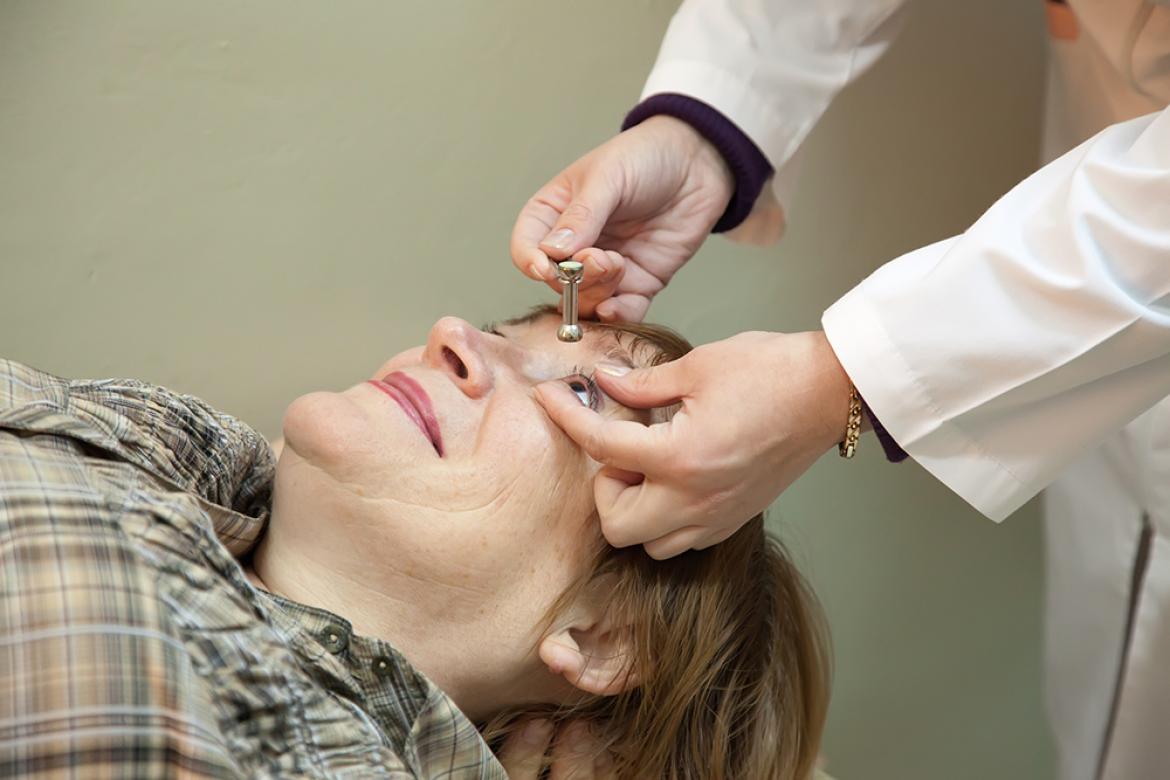Living in the Shadows: How Glaucoma Impacts Life and Why Early Action is Critical

Introduction
Often called the “silent thief of sight,” glaucoma is a progressive eye disease that can develop slowly and without warning, quietly damaging the optic nerve and robbing people of their vision. What makes glaucoma particularly dangerous is its subtle onset. Many people do not realise they have it until significant, irreversible vision loss has occurred.
Yet, despite its seriousness, glaucoma is highly manageable when caught early. This article examines how glaucoma impacts day-to-day life, the importance of early detection, and how modern treatments are enabling patients to preserve not only their eyesight but also their overall quality of life.
What is Glaucoma?
Glaucoma is not a single disease, but a group of eye conditions that lead to damage of the optic nerve, the pathway responsible for transmitting visual information from the eye to the brain. In most cases, this damage is associated with increased intraocular pressure (IOP), but glaucoma can also occur at normal pressure levels.
The most common forms include:
-
Primary open-angle glaucoma – slow and painless, often undetected until late stages
-
Angle-closure glaucoma – rapid onset with pain, considered a medical emergency
-
Normal-tension glaucoma – optic nerve damage despite normal eye pressure
While glaucoma can affect anyone, the risk increases with age, family history, diabetes, and long-term corticosteroid use.
The Hidden Impact on Daily Life
1. Peripheral Vision Loss
Glaucoma primarily affects side (peripheral) vision, which plays a vital role in mobility, driving, and spatial awareness. This type of vision loss is subtle, and many people unconsciously adapt to it, unaware that their field of vision is shrinking.
Daily struggles might include:
-
Bumping into objects
-
Difficulty navigating crowded spaces
-
Trouble driving, especially changing lanes or checking blind spots
2. Reduced Depth Perception
Loss of peripheral awareness can also impact depth perception and coordination, making tasks such as climbing stairs, pouring liquids, or reaching for items more challenging and potentially even hazardous.
3. Reading and Screen Use
Although central vision often remains intact until later stages, glaucoma can interfere with eye movements and focus, causing fatigue while reading, working on a computer, or scrolling a smartphone.
4. Mental Health and Independence
The unpredictability and chronic nature of glaucoma can lead to emotional stress, including:
-
Anxiety over progressive vision loss
-
Reduced confidence in mobility and independence
-
Depression related to lifestyle limitations
Older adults with untreated glaucoma may become more socially withdrawn or experience increased fear of falling or becoming dependent on others.
Why Early Detection is Essential
It’s Irreversible, But Preventable
Vision lost to glaucoma cannot be restored. However, with early detection and regular monitoring, progression can be slowed or stopped in almost all cases, thereby preventing severe visual impairment.
Routine eye exams—especially after the age of 40—are the most effective way to detect glaucoma in its early, symptom-free stage. These tests typically include:
-
Intraocular pressure measurement
-
Optic nerve imaging
-
Visual field testing (to assess side vision)
-
Gonioscopy (to evaluate the drainage angle)
Late Diagnosis = Limited Options
If glaucoma is diagnosed late, more aggressive treatments may be necessary, including surgery. Earlier stages are often manageable with less invasive methods, such as:
-
Prescription eye drops
-
Laser therapy (SLT)
-
Minimally invasive glaucoma surgery (MIGS)
When addressed early, patients often maintain a high quality of life with only minor adjustments to their daily routine.
The Role of Monitoring and Adherence
Glaucoma is a chronic condition requiring lifelong management. Patients need to stay consistent with medications, attend regular check-ups, and report any vision changes promptly.
Modern tools, such as AI-assisted visual field testing platforms like Eyeonic (developed by Dr. Simon Skalicky), are making glaucoma monitoring more accessible, especially for remote or underserved communities.
Empowering Life After Diagnosis
A glaucoma diagnosis is not the end of an active, independent life. With proper care and support, most people with glaucoma continue to:
-
Drive safely (with medical clearance)
-
Work full-time jobs
-
Enjoy hobbies, travel, and exercise.
-
Maintain strong social lives.
The key is timely intervention, education, and a collaborative relationship with a trusted eye care provider.
Conclusion
Glaucoma may develop silently, but its consequences can be life-altering. Fortunately, with early diagnosis and evidence-based treatment, vision loss is largely preventable, and quality of life can be preserved.
If you are over 40, have a family history of glaucoma, or have never had a comprehensive eye exam, now is the time. Don’t wait for symptoms to emerge—protect your vision before it fades into the shadows.
Concerned about your eye health or family history of glaucoma?
Visit www.drsimonskalicky.com.au to learn more or book a consultation with one of Melbourne’s leading glaucoma specialists.